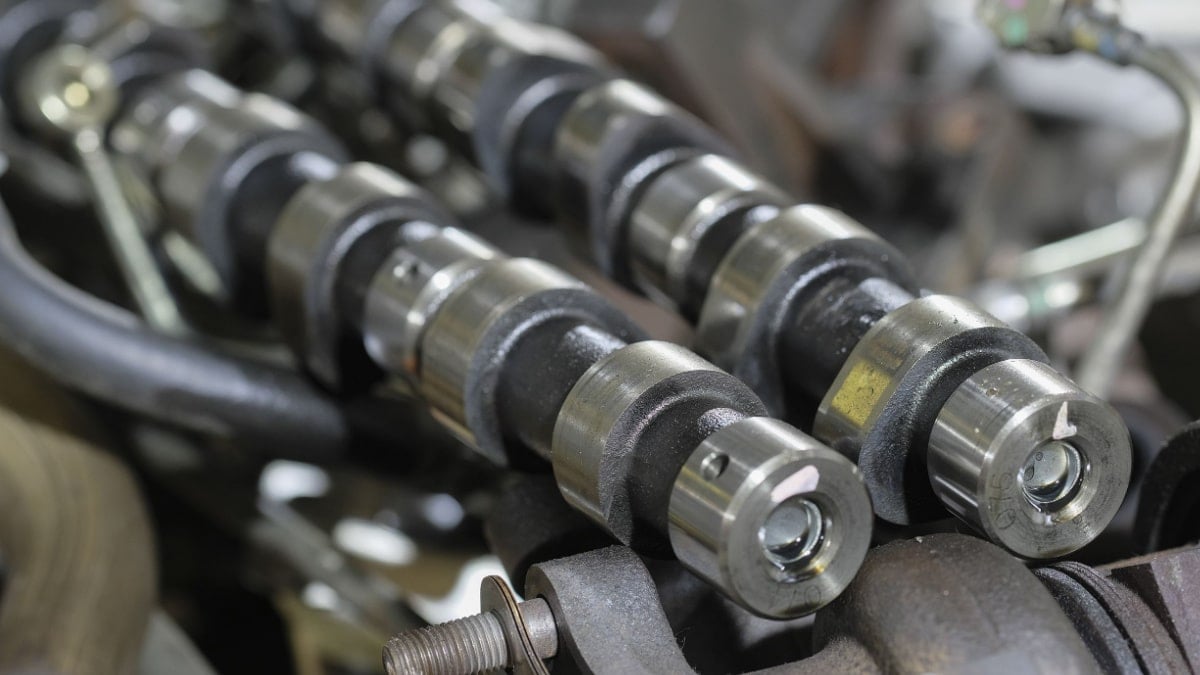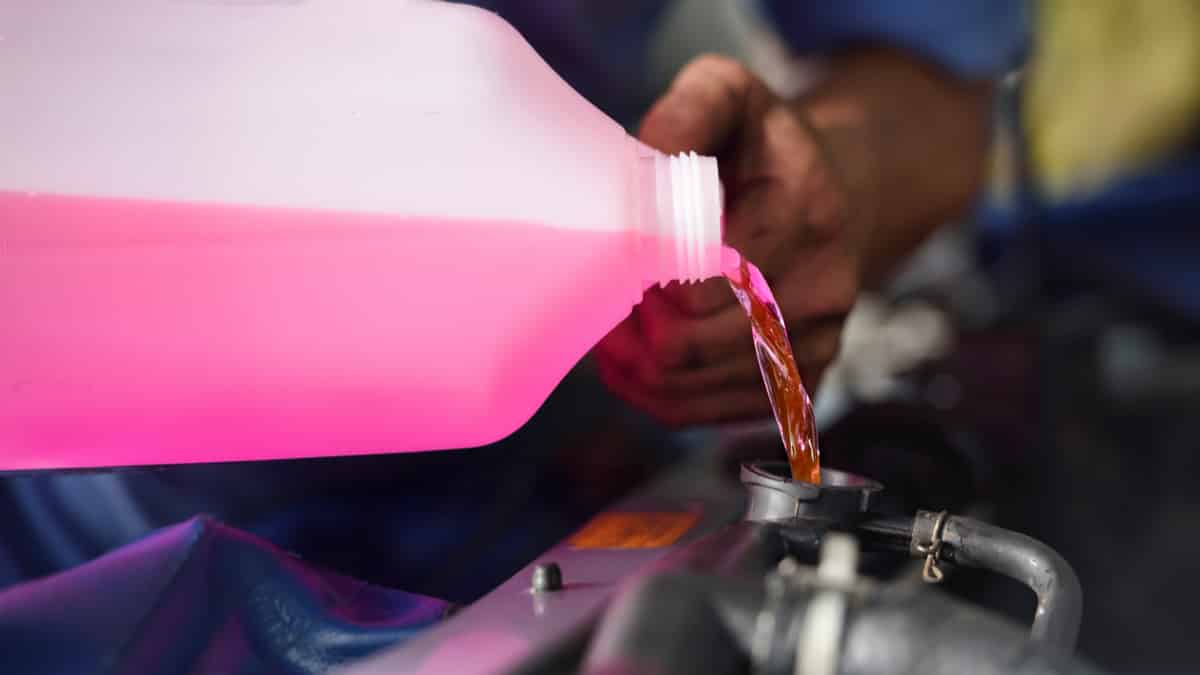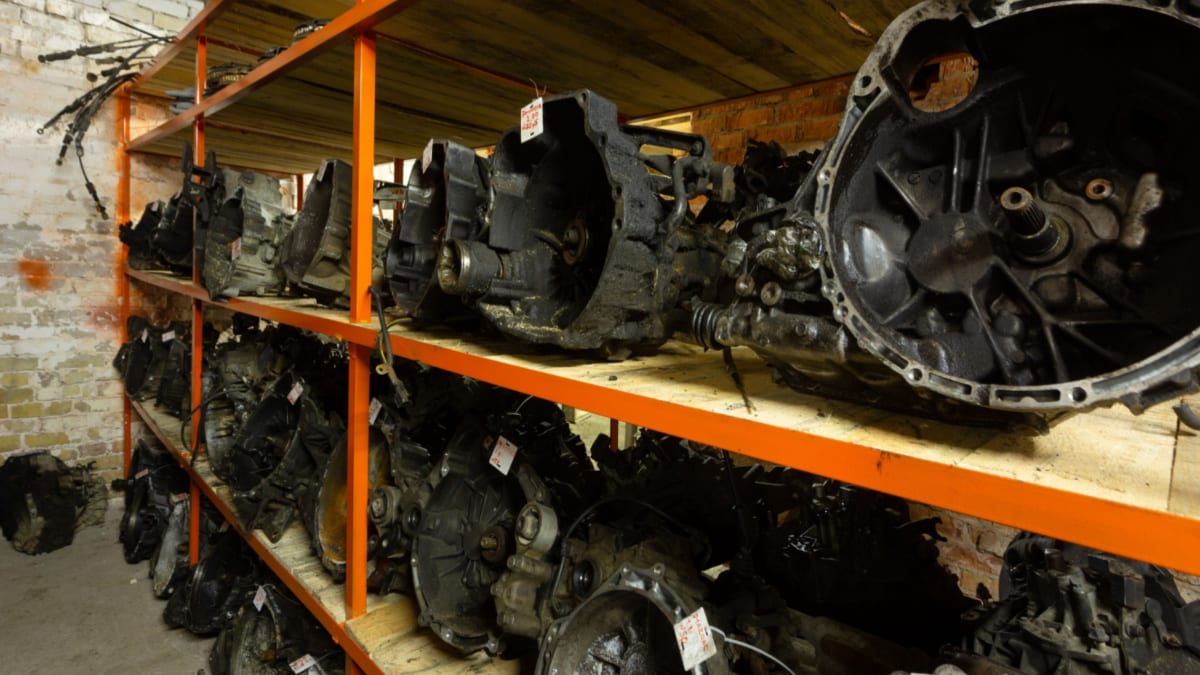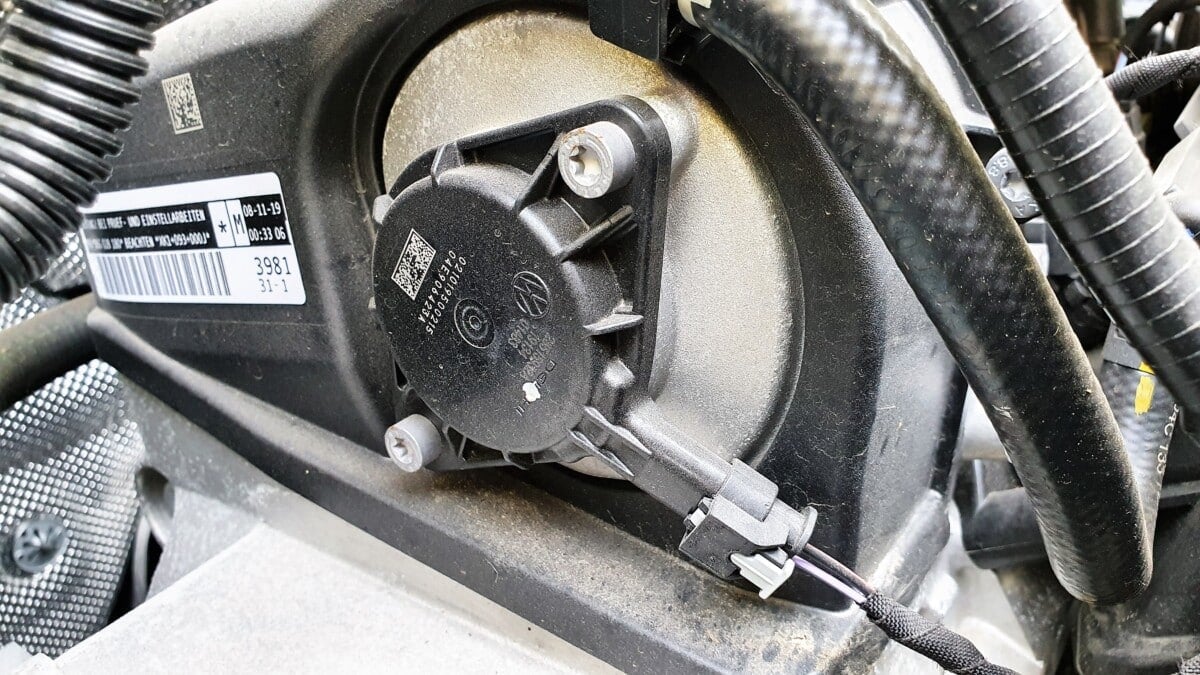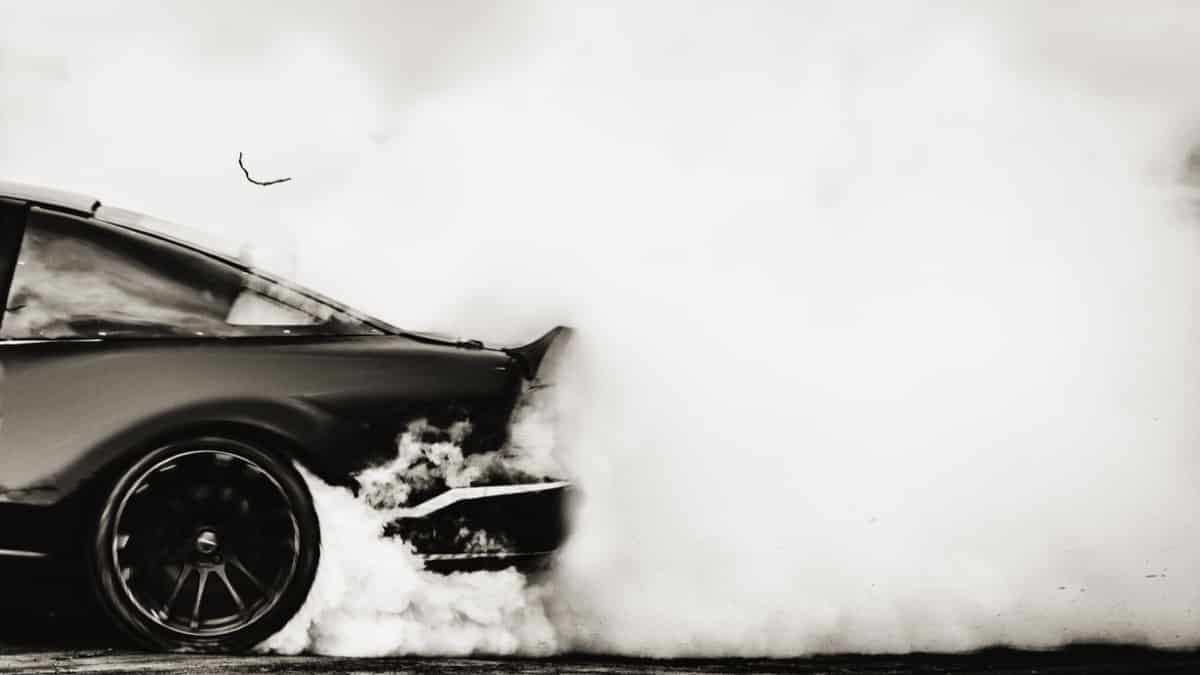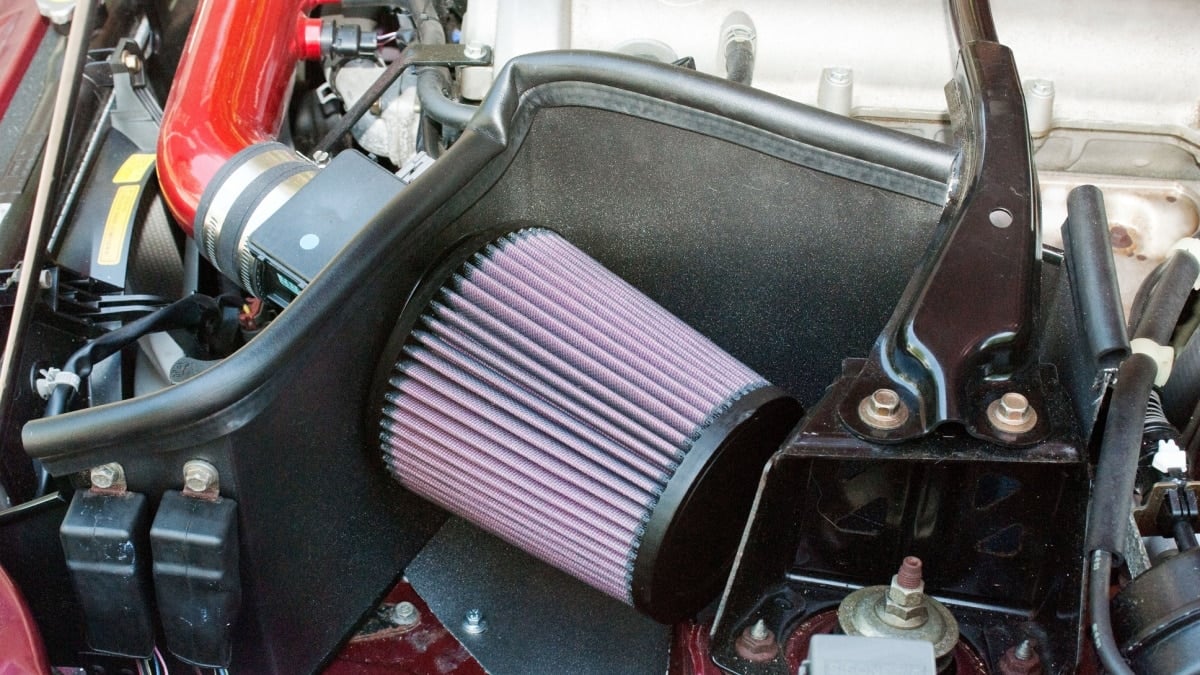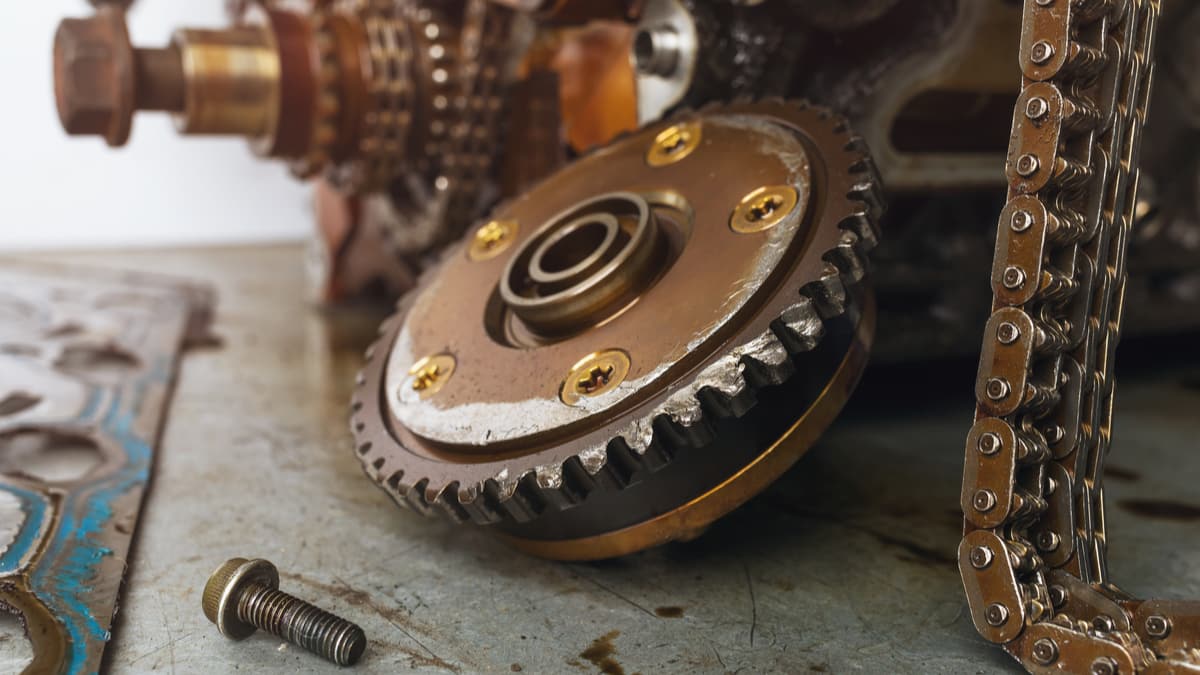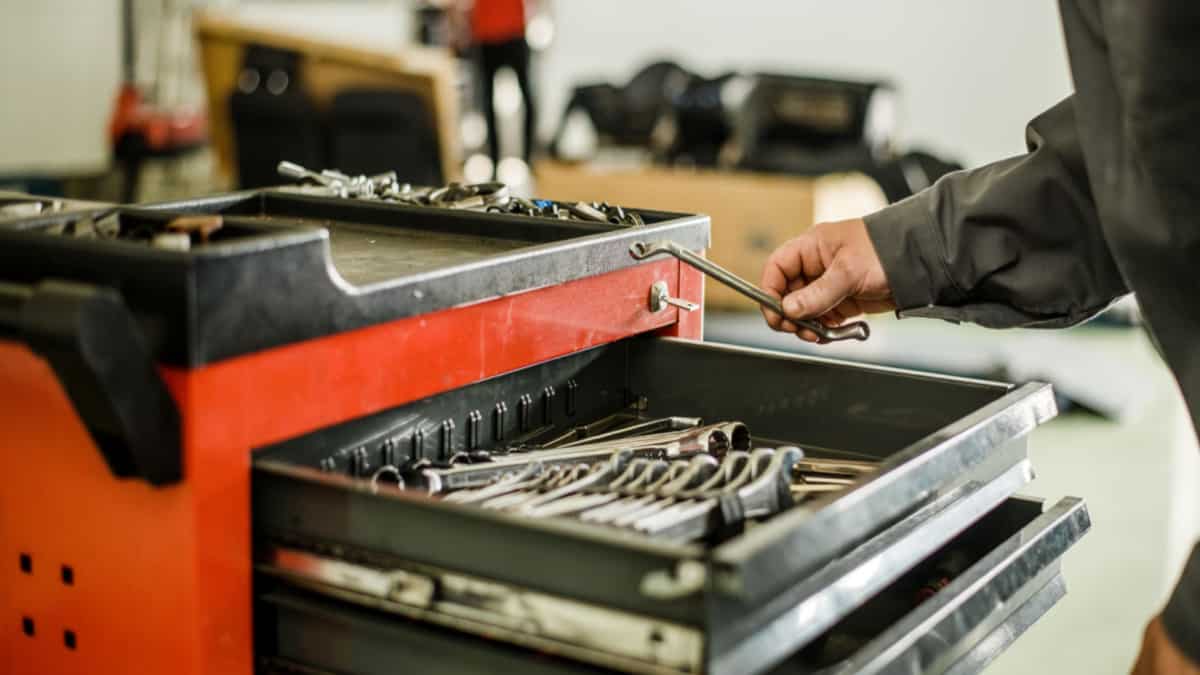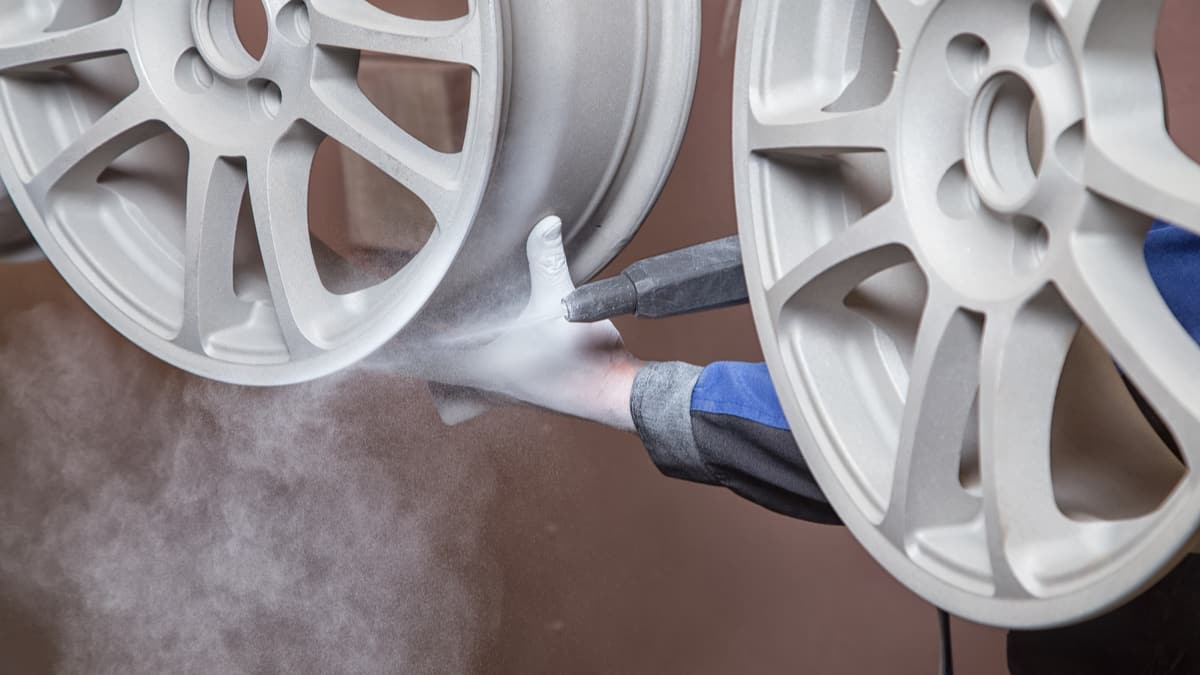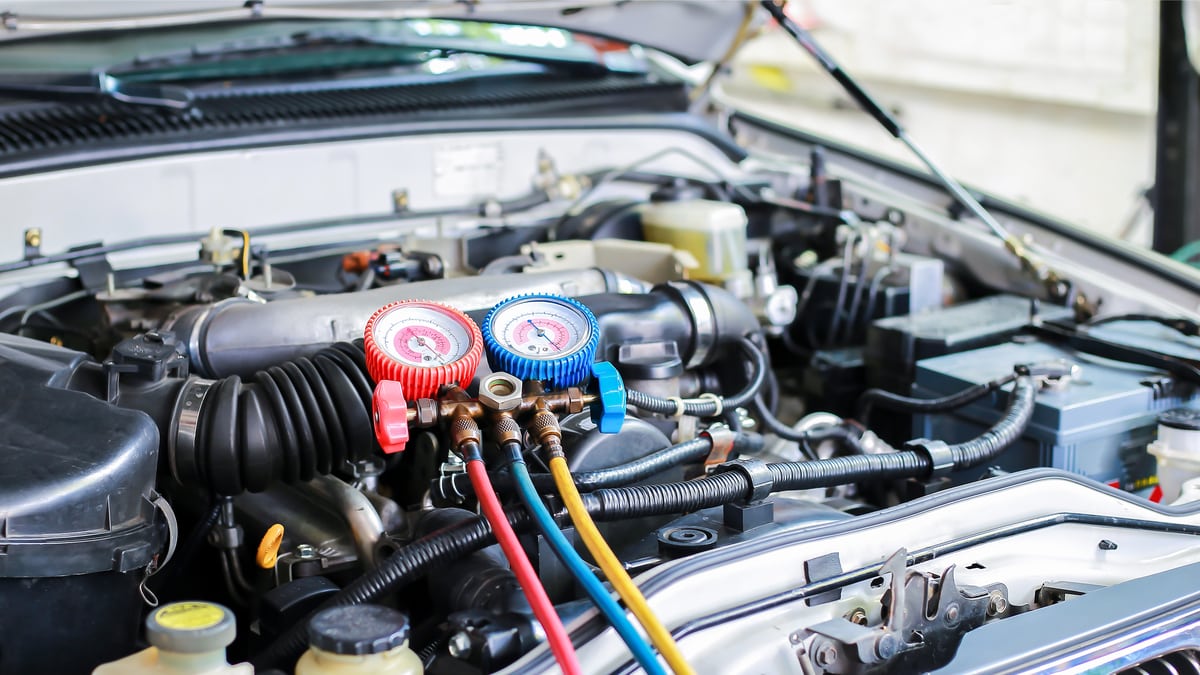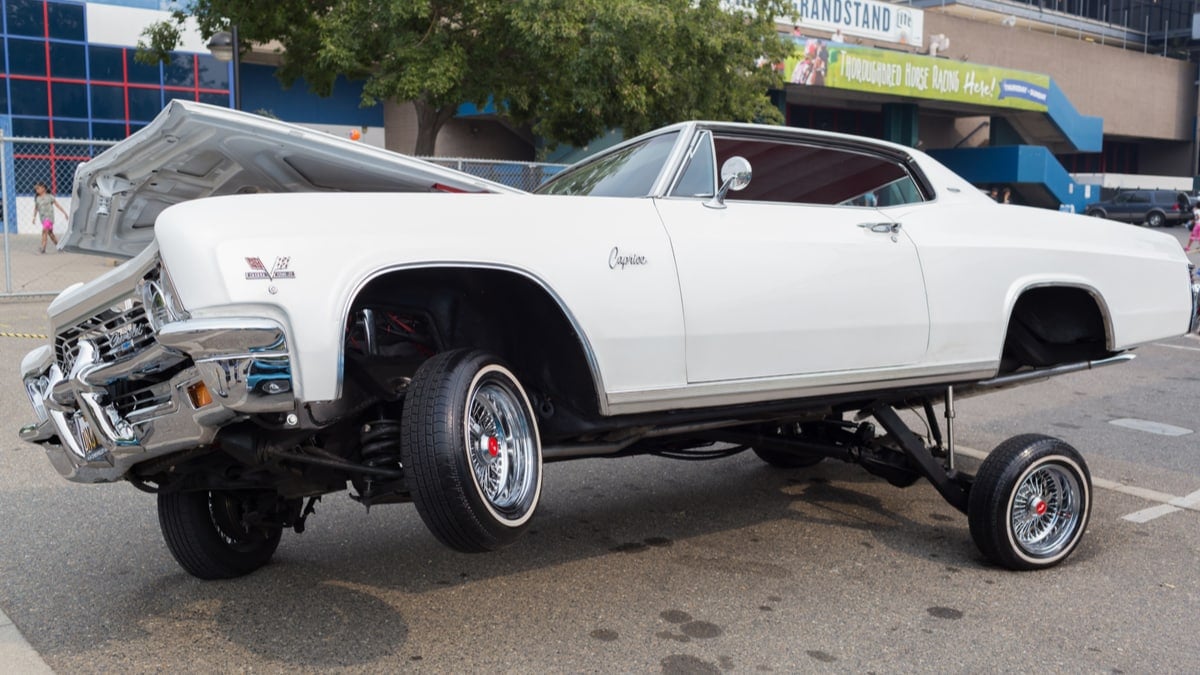Unless you are a professional mechanic, you may never have heard about a camshaft, nor do you know what it does. That’s why it might be surprising to you when you learn that a performance camshaft can increase the horsepower of your car. The questions are, how much horsepower does a cam add and is it worth it?
In this guide, we go through what you can expect after adding a performance cam. We also explain the basics of the camshaft, just in case you haven’t been working on cars long. Finally, we discuss the costs, the various stages of upgrading and answer your top camshaft questions at the end.
How Much Horsepower Does A Camshaft Add?
On average, the camshaft alone may add 10 to 20 horsepower, which is normally about a 5% to 10% increase. Many performance camshaft companies claim to provide 50 to 100 more horsepower, but that’s only after completing a series of other modifications with the new cam.
Performance camshafts increase horsepower because the timing of the valve openings is increased. When this timing is adjusted, the car accelerates quicker. This upgrade also produces a slightly rougher idle, giving the engine a rumble that many enthusiasts prefer.
What Does A Performance Camshaft Do?
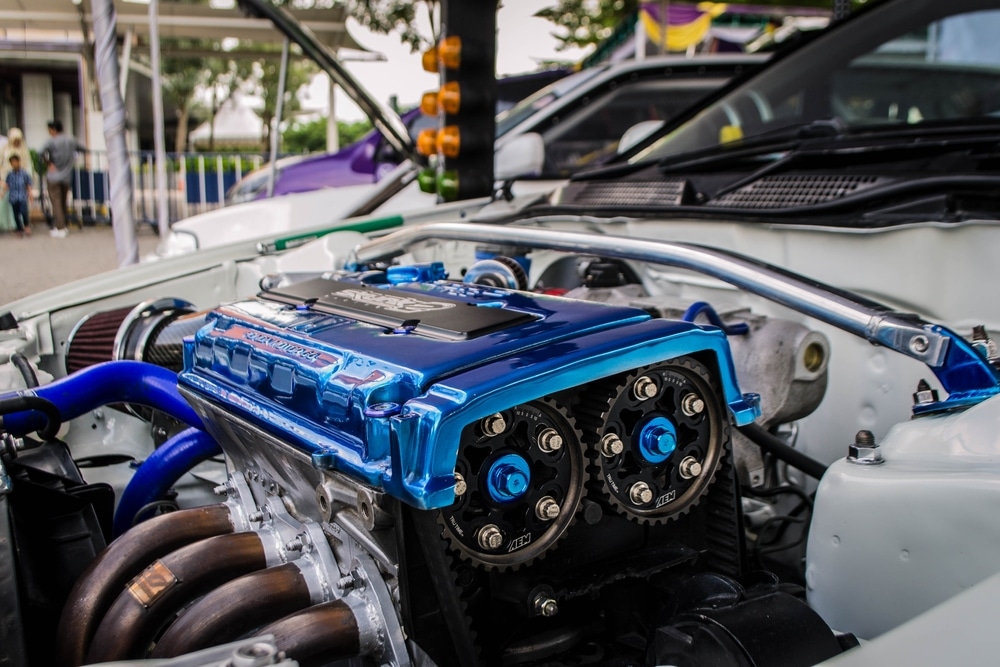
The automotive camshaft is responsible for opening and closing the valves that allow the mixture of air and fuel to flow through. With a stock camshaft, the automaker is focused on creating a nice balance of performance and fuel economy.
With an aftermarket camshaft, you can focus solely on performance without worrying so much about efficiency. By adjusting the timing of the valves, more air and fuel can flow through for increased power output. However, to fully benefit from the upgraded cam, other modifications need to be performed to keep the increased flow from bottlenecking in other locations.
How Does A Camshaft Work In An Engine?
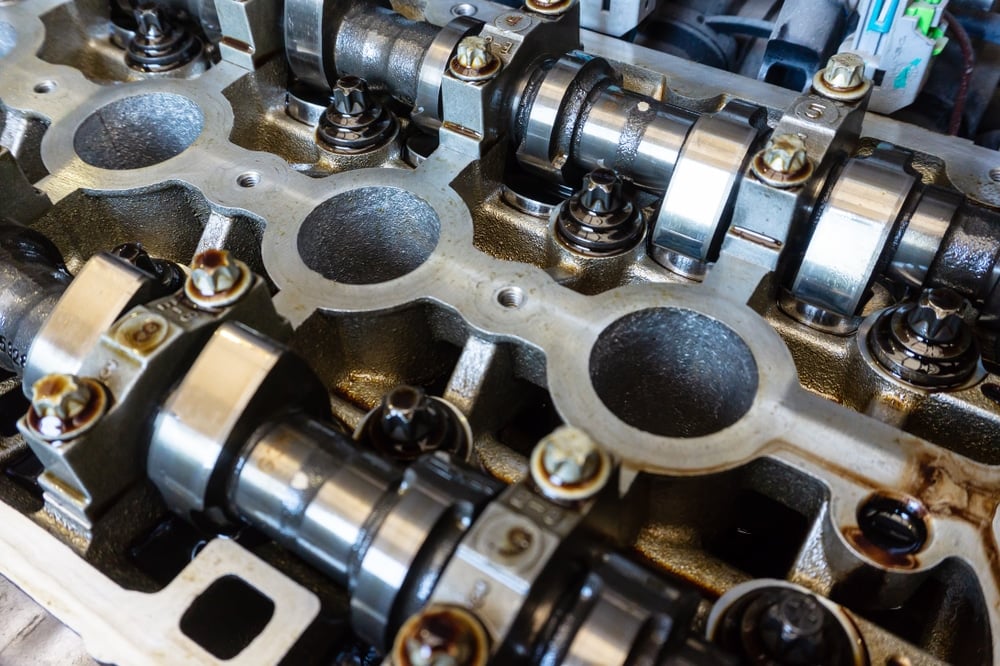
The cam is a rotating shaft responsible for activating the cylinder’s intake and exhaust valves. As the camshaft turns, the cams push down on the intake valve that’s spring-loaded. This camshaft turns because it’s connected to the crankshaft via the timing belt or chain.
The lobes are some of the integral parts of the camshaft. When the camshaft is spinning, the lobes open and close the valves to move in accordance with the pistons. There’s a direct relation between how the engine performs to how the lobes are shaped. At different speeds, the lobes should be a varying shape, but they aren’t. That’s why each camshaft is perfectly designed with one speed in mind. When operating the engine at other speeds, the camshaft won’t be working to its full potential.
You may have heard of several types of camshaft designs. For example, do you know the difference between the single and double overhead camshaft? With a (SOHC), there’s one cam per head. With your inline four- or six-cylinder engine, it often only has one cam, while the V6 or V8 has two (one for each head).
In comparison, the DOHC engine contains two cams per head. With this design, the inline engines have two, while the V motors have four. This design allows for more intake and exhaust valves, providing a freer flow and more power.
RELATED: DOHC Vs. SOHC Differences and Which Is Better?
There’s also a pushrod engine used by some manufacturers. In this motor, the valves are also found in the head above the cylinder. The difference is that the camshaft is in the engine block instead of in the head.
Is A Performance Camshaft Worth It?
For many reasons, a performance camshaft can be beneficial. It’s going to increase horsepower slightly and improve low-end torque. It also increases the RPM range and changes the overall sound.
However, if you aren’t willing to make other upgrades with the camshaft, you may not be impressed with the benefits. To get the full advantage of your work, you’ll want to make as many modifications as possible.
Performance Camshaft Types
As you shop for a camshaft, you’ll notice they are listed in different stages. However, after a deeper inspection, you find the stages don’t mean as much about the camshaft as they do about what else needs to be done to the vehicle.
1. Stage 1
This performance camshaft will add an average of 10 to 20 horsepower without any other modifications. It’s the lowest-cost option if you are looking to move away from the stock camshaft.
This camshaft is good for increasing power while still maintaining on-road manners and drivability. You can use this cam with your stock intake manifold, torque converters and exhaust manifold.
2. Stage 2
You won’t see a much larger horsepower increase with the stage 2 cam. If you perform all of the necessary upgrades, you may be able to achieve up to a 20% increase.
With this camshaft, you want to upgrade the exhaust and remap the ECU. Once you’ve accomplished those tasks, the camshaft will provide the maximum output it’s rated for.
3. Stage 3
With a stage 3, you gain up to 20% more power, depending on what type of vehicle you drive. You will need to complete all of the stage 2 modifications before you can upgrade to this level.
Many of these camshafts can still use the stock throttle body and some other stock components. This stage may require a valve spring, along with a retainer upgrade, because of the added lift, extra duration and larger RPM range.
4. Stage 4
To achieve maximum power, you want a Stage 4 camshaft. You get a maximum horsepower boost, along with a lower RPM torque and plenty of peak power.
However, you are going to need to make some major upgrades to make this camshaft work well. For example, many of these cams require aftermarket cylinder heads too.
Camshaft Buying Guide: Other Considerations
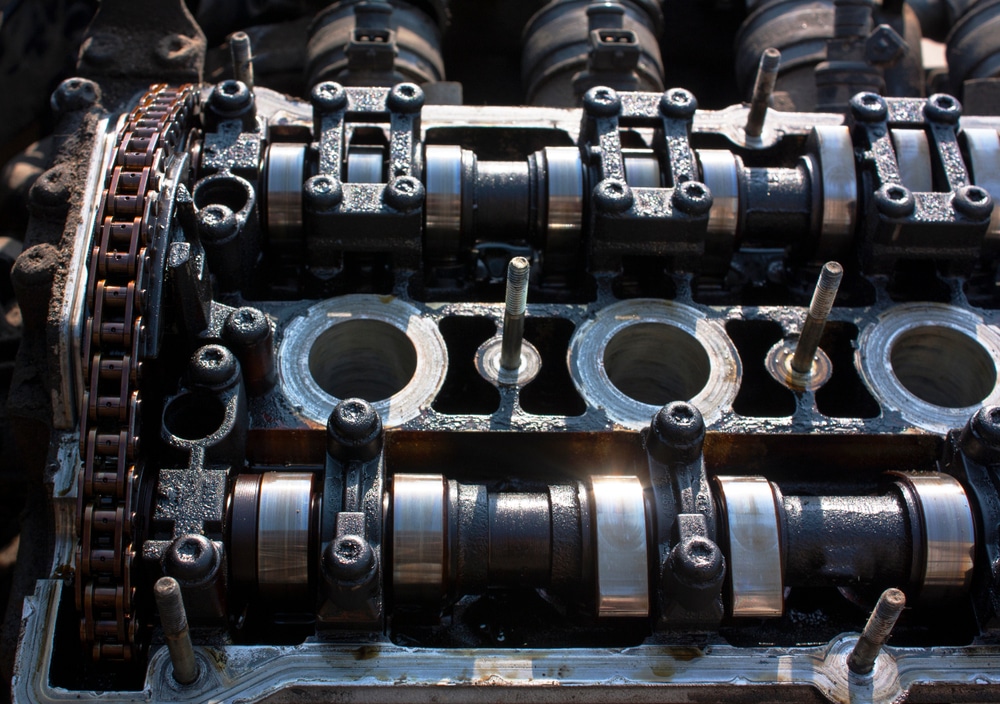
As you look to find a new performance camshaft, the Stage is important to evaluate. Beyond that, Summit Racing suggests looking at these criteria as well.
Camshaft Type
Camshafts come in four basic types, depending on the lifter type. Your camshaft may have a solid roller, solid flat tappet, hydraulic roller or a hydraulic flat tappet.
To determine what’s best for your vehicle, you need to know what type it uses. Most reliable retailers have a fitment chart to determine what camshafts work with each vehicle.
Basic Operating RPM Range
The operating RPM range is the area where the engine performs its best. It’s often referred to as the “sweet spot” by enthusiasts.
When choosing a camshaft, you want one that matches the RPM range of the other components you have installed or are planning on adding. With all of the components working together in harmony, you will notice maximum power output.
Lift
The lift measurement refers to the distance that the valve lifts off its seat. This measurement is listed at thousandths of an inch.
This lift shows how tall the lobes are. If you hear other enthusiasts talking about a “bigger cam,” it’s because of the lift and duration measurements.
Duration
Duration shows how much time the valve is off the seat. It’s measured as degrees of crankshaft rotation.
Basically, the duration reveals how wide the lobes are. Again, you don’t need to think about this measurement as much if the website you are purchasing from has fitment specs.
Lobe Separation Angle
The Lobe Separation Angle (LSA) shows the distance between the exhaust and intake lobes’ centerline. The measurement is shown as degrees of camshaft rotation.
With the LSA, you know where the lobes are on the cam. The LSA has a lot to do with horsepower output and drivability.
Camshaft Upgrade Cost
On average, you can expect to spend between $1,000 and $1,800 on a performance camshaft. In addition to that, you also have the labor charges unless you can put on the camshaft yourself. This may add another $750 to $1,200 to your shop bill.
Additionally, if you need to make further upgrades, all of these are in addition to what you are spending on the camshaft. You can have some parts installed at the same time and possibly reduce some of the labor costs. However, the best way to save money is to perform the work yourself if you are comfortable doing so.
The overall cost depends heavily on what type of vehicle you drive and what camshaft you purchase. Where you live also plays a part in how much money you will spend on labor.
Do camshafts increase horsepower?
Yes, performance camshafts can add horsepower to the engine versus the stock cams. However, to get the maximum benefit out of the camshafts, you may need to make some other modifications, ensuring that the increased flow doesn’t bottleneck somewhere else in the system.
What is the cheapest way to increase horsepower?
Consider upgrading the air intake or putting on a new exhaust system. You can also install a performance tuner or put on a boost controller. We also recommend using a fuel system cleaner and keeping up with regular maintenance to ensure you get all of the power out of the car it can produce.
What is considered a mild cam?
The mild cam is going to be slightly bigger than the stock equipment but won’t require a lot of other modifications to work. You can expect to get 10 to 20 more horsepower out of this camshaft, making it a decent value for the money.
Are Cammed Cars Reliable?
If you’ve added a high-quality performance cam, you can count on it being reliable. Before you purchase a new camshaft, make sure it is produced by a well-known brand and has good customer reviews. You should also consider having it professionally installed if you aren’t sure what you are working with.
Is it illegal to install a performance camshaft?
Some states have regulations about adding a performance camshaft. For example, if you are driving in California, the camshaft and many other modifications must have a CARB certification number to be considered street-legal. Any modification could lead to a ticket or impound of your vehicle.
If you are ready to push out maximum power from your vehicle, it’s time to consider a camshaft upgrade. When you pair a performance camshaft with other modifications, you can see a dramatic difference in horsepower output. However, these modifications do cost money and will take time to complete, so you need to determine if they are worth it to you.
If you are driving your car to get to work every day, you may not feel the need to spend the money. However, if your vehicle is performance-focused and you want more speed for a little thrill, go for it. Just be careful not to get carried away with the speeds or you may find yourself with a ticket.
